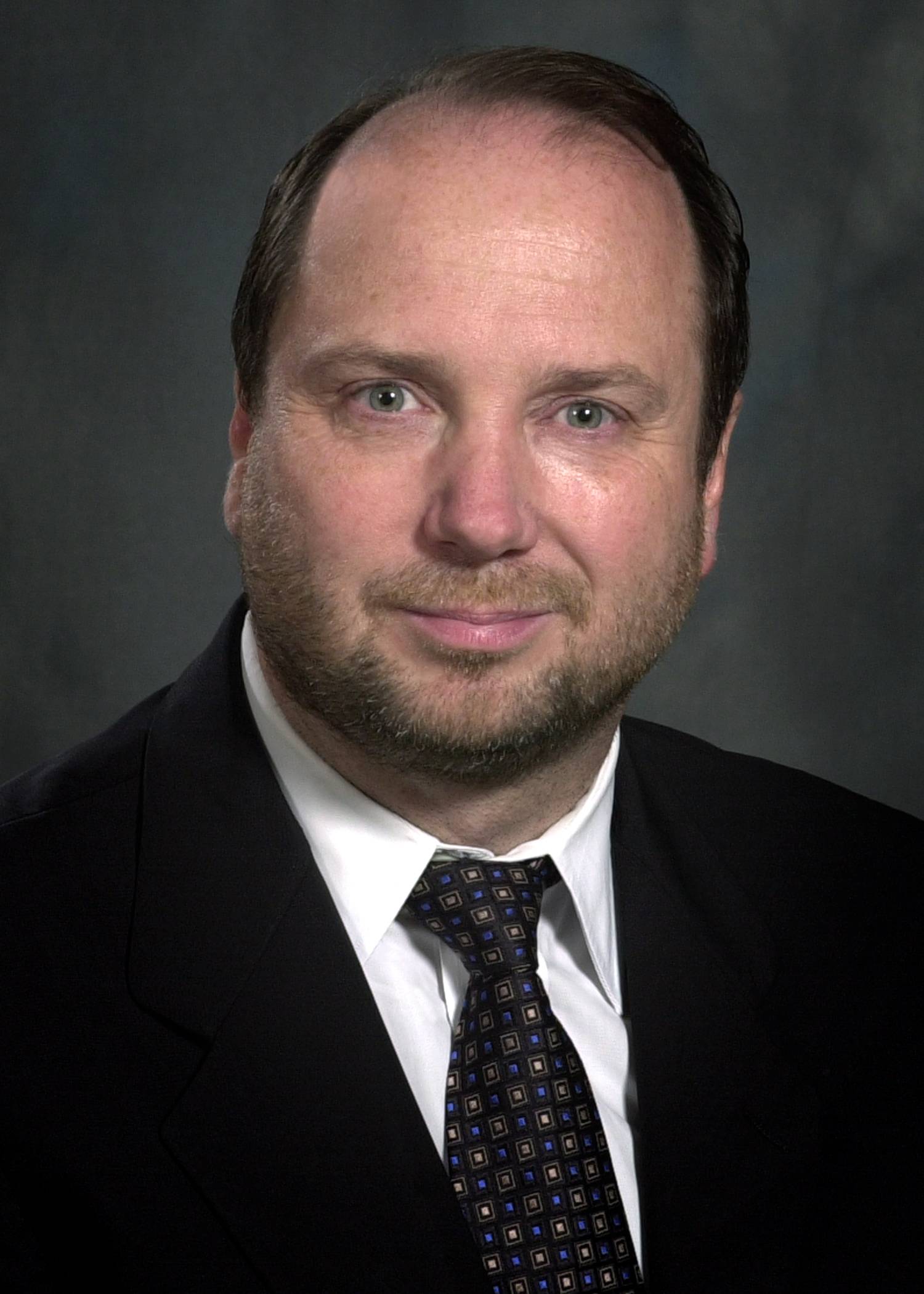TXST helps Killeen Police Dept fight crime by identifying crime hotspots
Anastasia Cisneros-Lunsford | August 20, 2018

Two Texas State University professors presented their findings over the summer from a study they conducted to help the Killeen Police Department reduce crime and build more positive relationships in the community.
The U.S. Department of Justice’s Office of Justice Programs (OJP) Diagnostic Center contracted Dr. Kim Rossmo and Dr. Meghan Hollis to assist in a crime analysis for the Killeen Police Department. The professors reviewed crime data, mapped crime hot spots, interviewed police officers and rode along with patrol officers in high crime areas to dissect the correlation between the fast-growing population in Killeen and the rise of violent crime.
Over the last 10 years, there has been a higher rate of crime in Killeen than in similar cities of the same size in Texas, reports Rossmo.
“Violent crime origins lie in narcotics and gang activity,” Rossmo says.
Rossmo, who holds the University Endowed Chair in Criminology and is director of the Center for Geospatial Intelligence and Investigation in the School of Criminal Justice, says the population has grown dramatically in Killeen over the years, creating more demands on a police department stretched thin by job cuts which began in 2010 just after the recession of 2008.

The study also seeks to improve relations within the police department.
“Credit goes to Killeen and the police chief who was open and frank about what is going wrong and what to do (to fix it),” Rossmo says. “If you think the crime problem is just the police department, the problem is you don’t know how things work. Everybody has a role to play in public safety.
The OJP managed the community angle of the study, examining the relations among community groups, government agencies, the police department and Killeen residents.
Hollis, assistant professor of criminal justice, says her partnership with Rossmo for the Killeen study was complementary. “He has a lot of expertise in violence, police investigations, particularly homicide, geographic profiling, and the spatial distribution of criminal activity,” she explains. “I have expertise in the spatial patterning of crime and analysis of crime but I also have a slightly different expertise in police organizations and organizational communication.
The study was conducted over the spring with results presented over the summer to the Killeen Police Department. Hollis says the police department will need to propose some creative use of resources. “This is not unique to Killeen,” she says. “It’s going on across the country right now. Flint and Detroit (in Michigan) are dealing with some of the most violent areas in the country and they’re having to come up with creative solutions. In some areas they’ve been successful; in others they’re not. It’s a learning process for all of us.;
Graduate students at Texas State will be involved as researchers in the next portion of the study.
Rossmo and Hollis have submitted a proposal for federal grant funding to expand the study and implement strategies to address the city’s violence and drug concerns and ensure the police department takes the most effective approaches to battle crime.
Share this article
For more information, contact University Communications:Jayme Blaschke, 512-245-2555 Sandy Pantlik, 512-245-2922 |